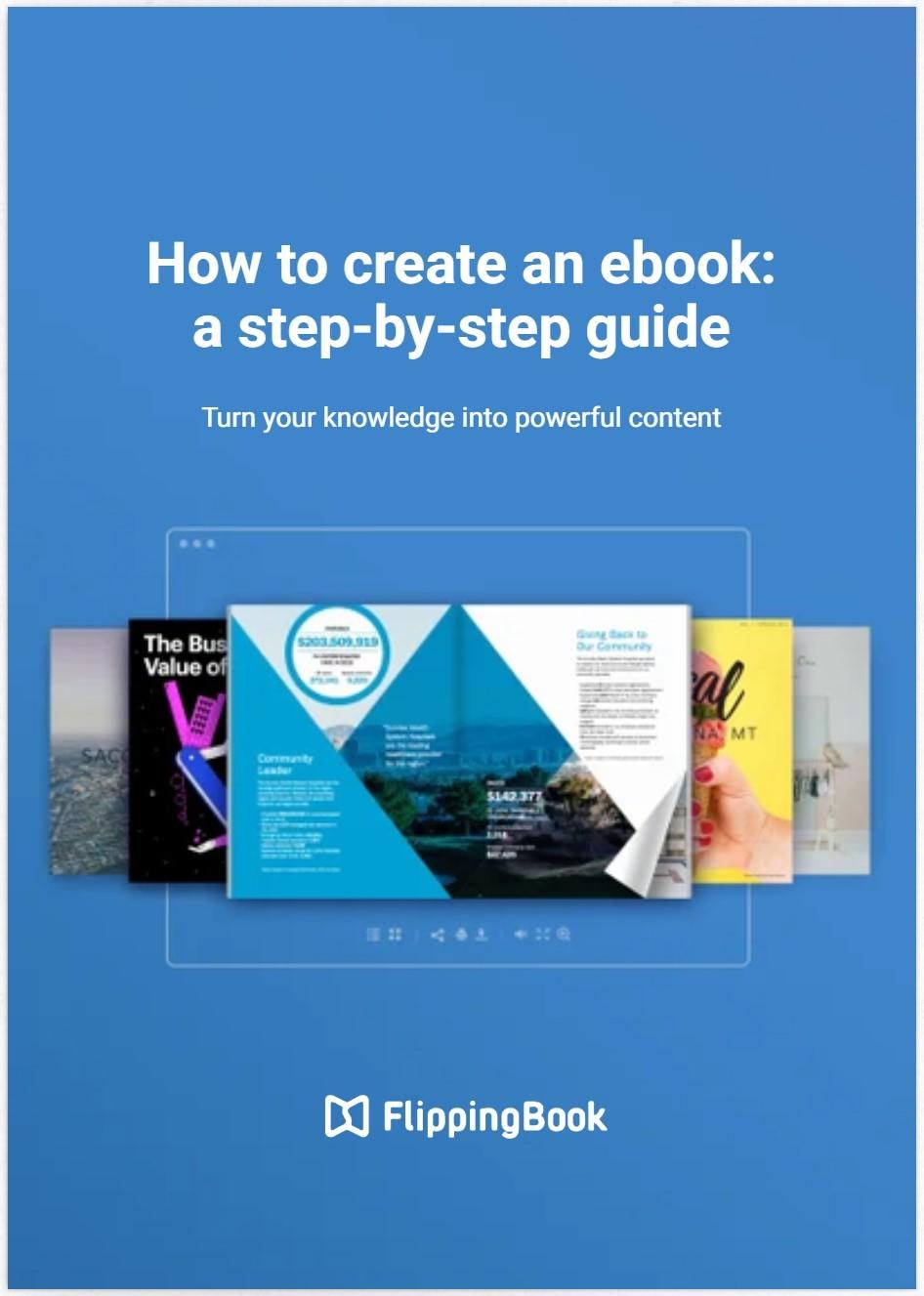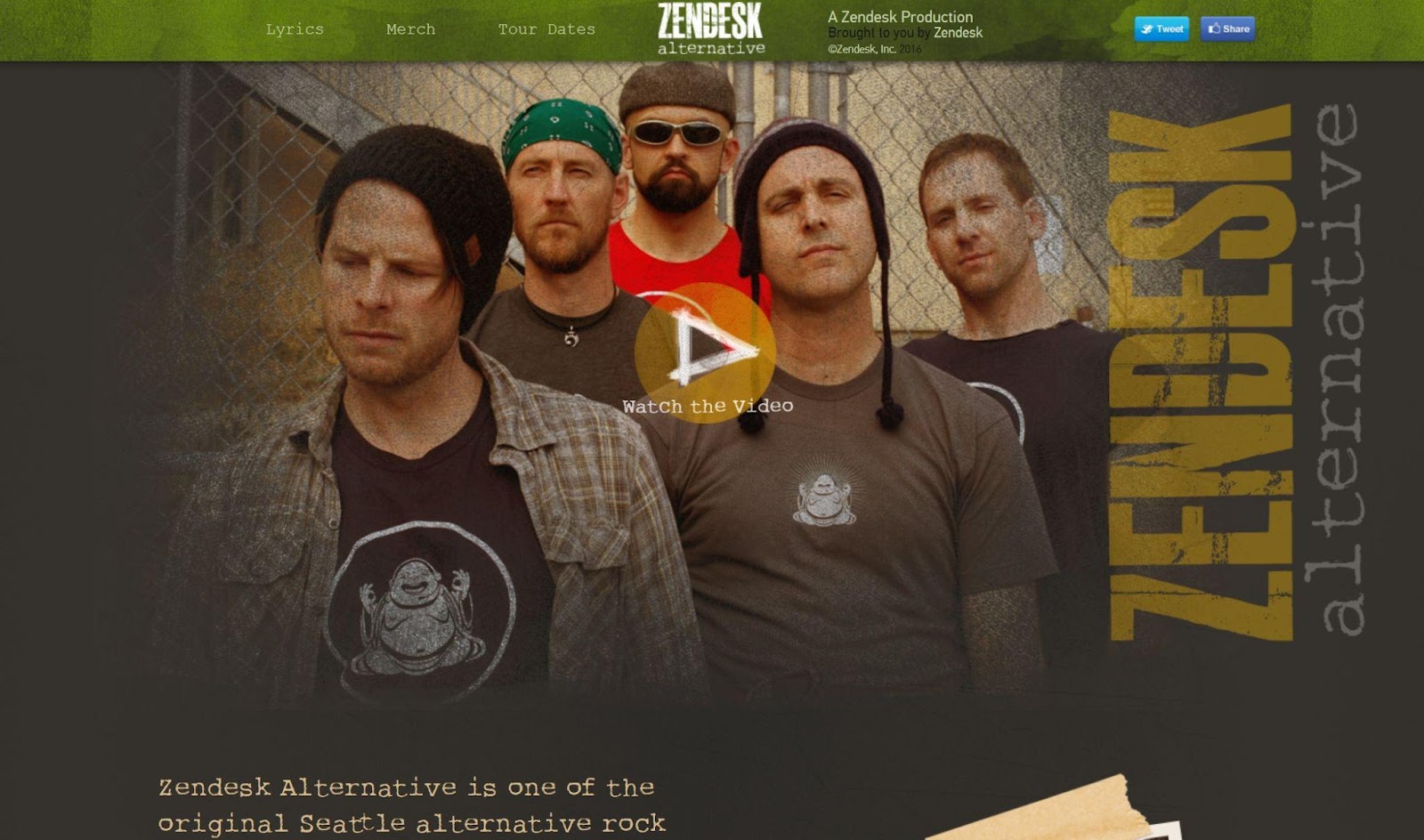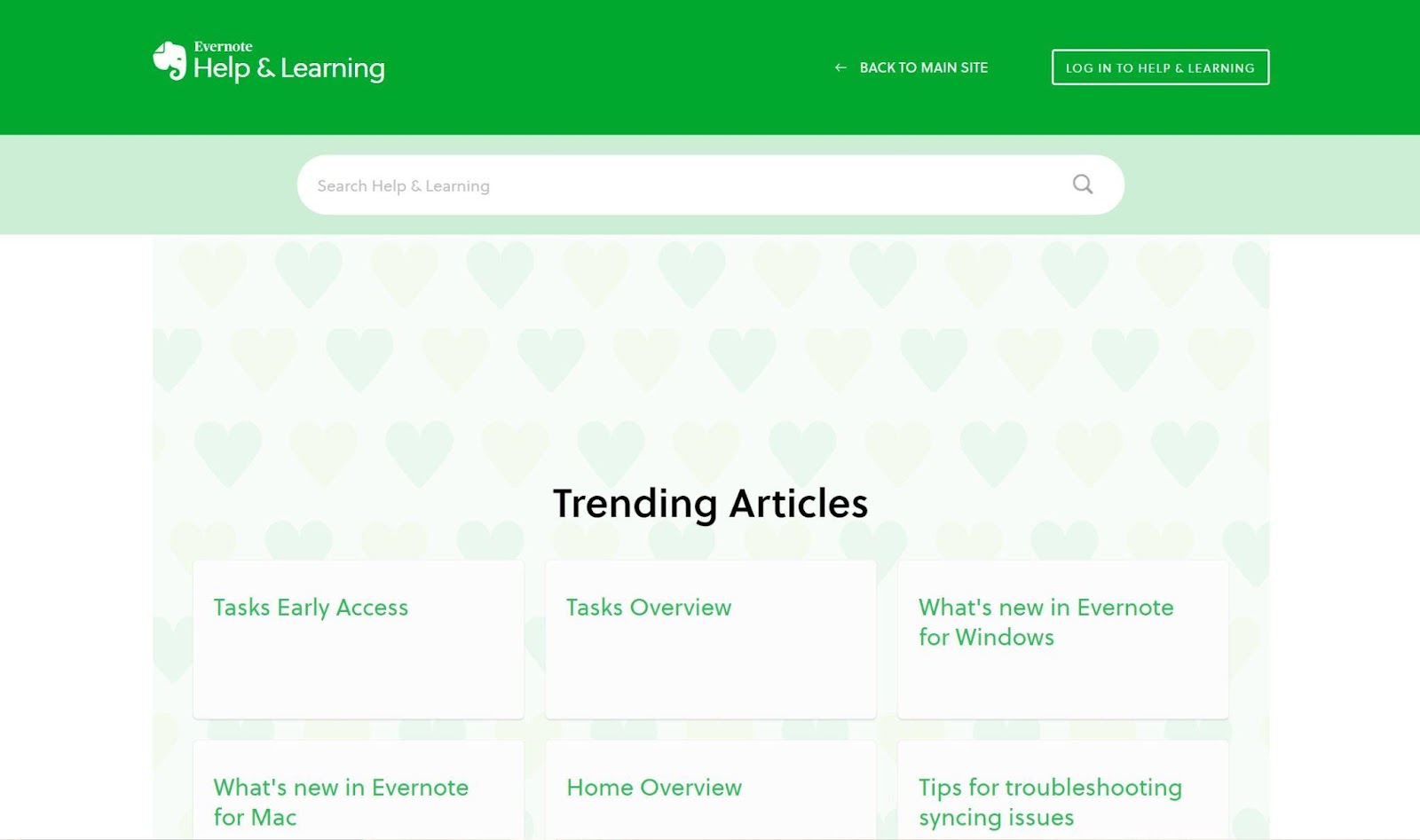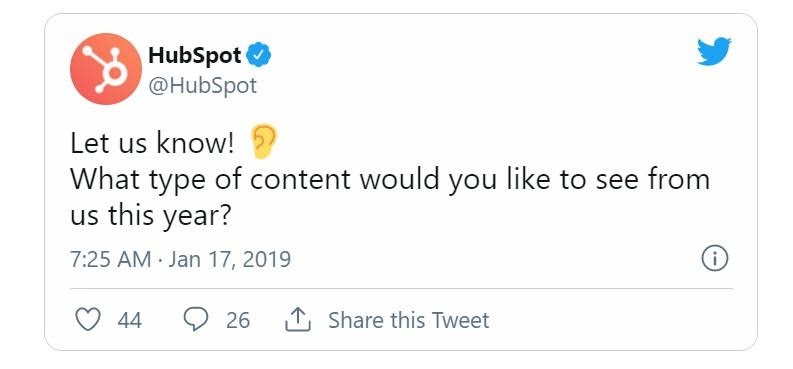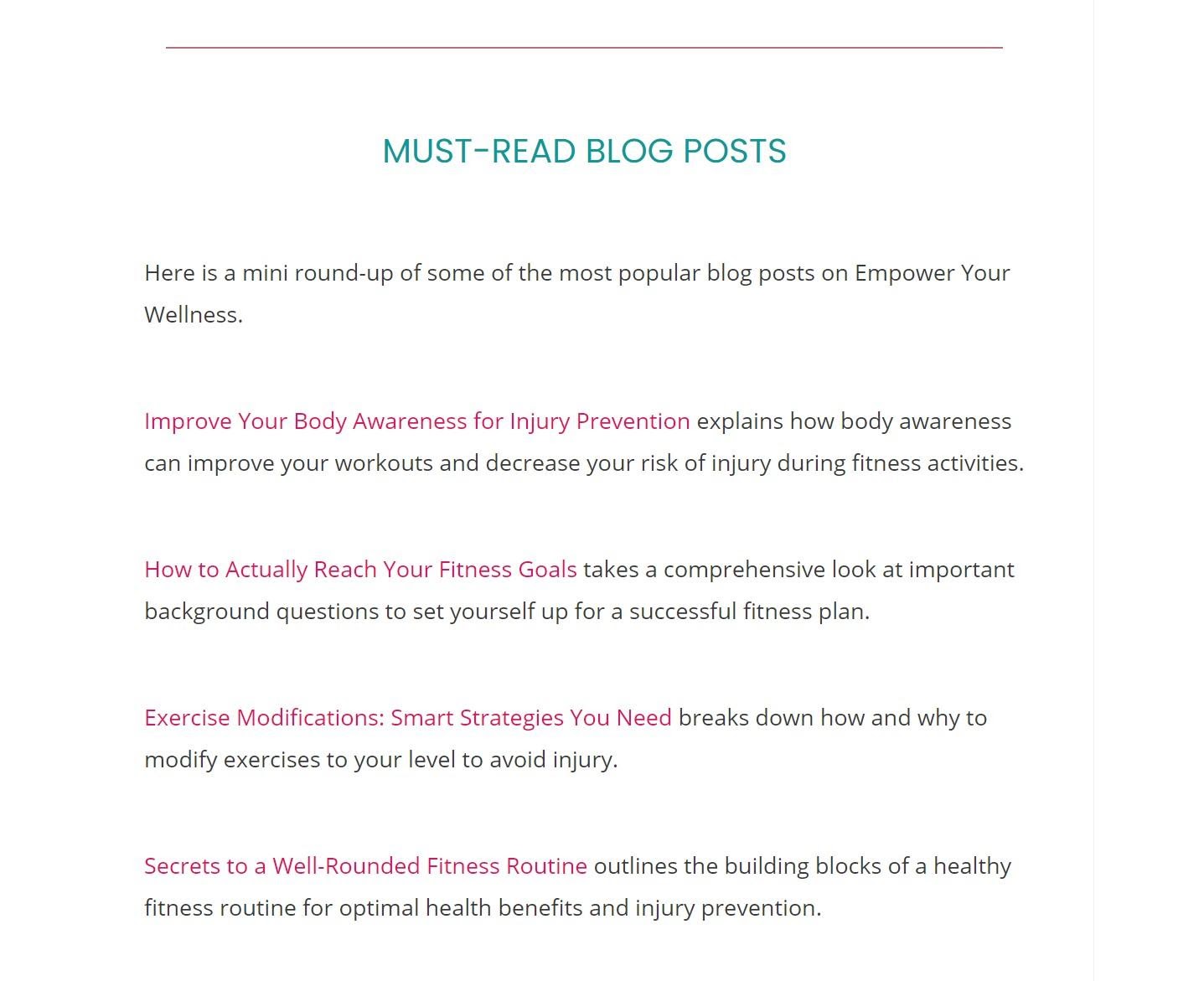
In a 1996 Harvard Business Review article titled ‘What is Strategy?” Michael E. Porter wrote the following: “competitive strategy is about being different. It means deliberately choosing a different set of activities to deliver a unique mix of value.“
While we can apply Porter’s wisdom to the marketing, product, and management of a company, its applications don’t just stop there. Today, standing out from your competitors means developing a Search Engine Optimization (SEO) strategy that highlights your strengths.
But with over 1.8 billion websites online, how do you design a strategy that sets you apart and compliments your competitive advantage?
That’s where we come in. In this article, you’ll learn five great SEO strategies you can apply to your business today. We’ve specifically picked strategies that suit businesses with different strengths – so this article has something for everyone.
Let’s go.
Strategies to develop a winning SEO strategy
Before exploring the five strategies in detail, you need to understand a few critical things about SEO
SEO is the practice of optimizing your website content to improve your ranking on search engines. SEO is crucial for digital businesses, as research shows that 68% of people’s online experiences start with a search engine.
Generally, your business needs to consider three pillars of SEO. These pillars include:
- Link-building = which is the practice of attracting backlinks to your website from other websites. Backlinking helps improve your domain ranking and shows search engines you are a trustworthy source.
- Content marketing = which is the practice of creating high-quality content that brings organic traffic to your website.
- Technical SEO = which includes any technical tasks that help search engines crawl and understand your website effectively. Technical SEO tasks often improve the user experience on your website (as happy users = happy search engines).
Each of the strategies outlined in this article includes a suggestion to help you with link-building, content marketing, and technical SEO.
Let’s dive into those strategies now.
Strategy 1. Make the best of your brand strength and community presence
If your business has a strong community, you’ll want to leverage it with this first strategy. Specifically, this strategy will suit businesses with the following competitive advantages:
- Your business has close ties in your industry
- Your business has a well-known CEO or senior staff member
- Your business has press contacts who talk about your company
- Your business has won awards
- Your business an ‘industry leader’ or ‘up-and-comer’
To leverage those advantages in your SEO strategy, you should:
Start a podcast, webinar series, or videocast (link-building)
First, you should start either a podcast, webinar series, or videocast (a podcast with visual elements). The purpose of creating these pieces of content is simple: you are leveraging your expertise as an industry leader to provide knowledge and insight to listeners while winning backlinks in the process.
Create an eBook (content marketing)
Next, you’ll want to create a written resource like an eBook as part of your content marketing strategy. eBooks are a fantastic way to draw organic traffic to your site while educating readers with your expertise.
If you want to see the power of an ebook in action, take a look at this example from FlippingBook. FlippingBook’s eBook ‘How to Create an eBook: a Step-by-Step Guide‘ reached the first page of Google search results just one month after they published it.
Source: FlippingBook
Pro-tip: You can also put videos, graphics, and links to your other content in an eBook – meaning it’s a great way to boost your website traffic with internal links.
Create a page to draw in search traffic (technical SEO)
Finally, you’ll want to create a special page to draw in search traffic from Google. Ideally, this page should re-divert traffic you are losing to competitors.
For example, ZenDesk created a page and an accompanying fictional rock band called ‘ZenDesk Alternative’ to draw in traffic searching for the keyword ‘Zendesk alternative.’ This page allowed them to divert traffic back to their domain page.
Source: ZenDesk Alternative
Strategy 2. Optimize your website
If your website is your business’s biggest strength, this second strategy is for you. Specifically, this strategy will suit businesses that:
- Primarily sell online
- Have a great eCommerce store
- Have expertise in a digital, knowledge-based industry (like IT, finance, accounting, management, marketing, etc.)
To leverage those advantages in your SEO strategy, you should:
Build a knowledge base (link-building)
First, you should build a knowledge base. A knowledge base covers all the ‘basics’ of a topic in your field. For example, the note-taking app Evernote has a knowledge base dedicated to helping Evernote users get the most out of the software. Their knowledge base includes posts like ‘create a table, ‘Evernote for project planning,’ and ‘use auto-formatting.’
Source: Evernote
Building a knowledge base is a strong SEO strategy, as you will create a highly-researched resource that other people will link back to.
Integrate a newsfeed into your website (content marketing)
Next, you should consider adding a news feed to your website. A news feed allows you to share short articles on current topics that are crucial to your customers. You could cover topics like changing regulations, current trends, company mergers, stock movements, and exciting studies within your industry.
You don’t have to create all of the content yourself, either. You can use the Scoop.it content curation tool to publish third-party pieces of content quickly. The Scoop.it tool will give you a newsfeed like this:
Source: Scoop.it
Use plugins to optimize your website content (technical SEO)
Finally, you should use SEO plugins to optimize your website for visitors and search engines. SEO plugins can help you optimize each webpage around keywords, research good keywords, optimize your images for Google Image Search, and track your performance.
Some of the best SEO plugins include:
- All in One SEO for WordPress (AIO SEO)
- SEMRush
- Google Search Console
- Yoast SEO
- Google Keyword Planner
- Ahrefs
- SEOPress
- Rank Math
- Schema Pro
- KeywordTool.io
- Redirection
- SEOquake
- WP Rocket
Strategy 3. Create creative content that showcases your brand personality
If your business’s strength is your creative brand persona, this third strategy is for you. Specifically, this strategy will suit businesses that:
- Provide top-quality creative services (like graphic design or website design)
- Have a ‘fun’ brand personality
- Have staff with strong creative skills
To leverage those advantages in your SEO strategy, you should:
Create videos other people can link to (link-building)
First, you’ll want to create inspiring and educational videos for other websites to backlink. Creating video content is an excellent way to educate your audience on your subject, as the human brain retains 90% of the visual content it sees (compared to 20% it reads and 10% it hears).
If you upload your videos to a website like Youtube (and you should!), other websites will embed your content on their site. This will give you both a backlink and a view – drawing more eyes and clicks to your content long-term.
Start a content marketing blog (content marketing)
Next, you should start a blog. Blogs are a great content marketing material for creative businesses, as blog posts give you the space to show off your brand’s expertise and personality while educating your audience. Starting a blog will also drive more traffic to your website, as businesses with blogs receive 97% more links than businesses without blogs.
If you’re looking for a great example of a top-quality blog post, check out ‘6 Creative Brainstorming Techniques To Find Your Best Ideas‘ from ClickUp. It’s educational, helps people master a skill, and includes fun elements (like gifs) for readers.
Source: ClickUp
Speed up your page load time (technical SEO)
Finally, you should strengthen your website’s content by improving your page speed. For your site to rank well on search engine results, you want to keep your page speed below 2.0 seconds.
To reduce your page speed, run your site through a page speed checker like Google’s PageSpeed Insights tool. Then, see if you can:
- Compress and optimize images
- Minimize HTTP requests
- Cache your web pages
- Leverage browser caching
- Minify CSS, JavaScript and HTML
Fixing these things can make a dramatic difference to your site. For example, when Body Applicator Wraps compressed and optimized their website images, they reduced their page speeds by between 0.05 and 1.5 seconds each.
Source: NeilPatel
Strategy 4. Leverage UGC strategies
If your business has a loyal and dedicated customer base, this fourth strategy is for you. Specifically, this strategy will suit businesses that:
- Offer niche products or services with a dedicated user-base
- Have well-performing social media accounts
- Pride themselves on excellent customer service
To leverage these advantages, you should:
Create guestographics for other brands to share (link-building)
First, you’ll want to start creating guestographics. Guestographics are infographics that you create and gift to other brands. Building guestographics is a fantastic link-building strategy, as you will get high-quality backlinks and free publicity to another brand’s audience.
There is an art to choosing the right guestographic recipient. Ideally, you should select a business that isn’t a direct competitor but sells products and services in the same niche (for example, a health-conscious smoothie company might create guest graphics for a gym).
Share social media content to your website (content marketing)
Next, you’ll want to supplement your website content with social media posts. Sharing your own social media posts to your site will supplement your site content, leverage your social media success, and keep readers engaged for longer (which will help decrease your bounce rate).
When sharing social media posts, make sure you embed them into the web page to help your readers navigate to your social media effortlessly. For example, here’s how HubSpot embeds content on its site.
Source: HubSpot
Make your website mobile-friendly (technical SEO)
Finally, you should make your website mobile-friendly. In 2021, 54.8% of internet users browsed the web through their smartphones. Naturally, both search engines and internet users prioritize mobile-friendly websites.
So how do you make your site mobile-friendly? You can:
- Use AMP (Accelerated Mobile Pages)
- Use a mobile-friendly theme
- Make your button sizes large enough for people to press on mobile
- Make your site flash-free
- Increase your site speed
- Stop using text-blocking pop-up ads on mobile devices
Strategy 5. Tap into local SEO strategies
If your business is a proud member of your local community, strategy five is for you. Specifically, this strategy will suit businesses that:
- Serve customers in a specific community (offline or online)
- Locals consider a ‘pillar of the community’
- People consider ‘experts in their field’
- Successfully sell through both blended online and brick-and-mortar stores
To leverage these advantages, you should:
Link to resources (link-building)
First, you should create a list of digital resources that you recommend to customers. While it may seem counterintuitive to promote other businesses, there are two advantages to this strategy. First, you’ll create a fantastic resource for your community to use. Second, you’ll build links to other high-quality content, which will improve your SEO and incentivize those websites to give you a backlink in return.
If you want to know what a great digital resource looks like, take a look at this list from EmpowerYourWellness.
Source: EmpowerYourWellness
Create something that helps people (content marketing)
Next, you should use your expertise to create something that helps people navigate your products and services. This resource will help draw traffic to your site while making your buying experience better for customers.
For example, EachNight used its expertise to create a sleep calculator that helps people optimize their sleeping habits.
Source: EachNight
Engage in social listening (technical SEO)
Finally, you should engage in social listening. Social listening is the practice of monitoring your customer’s and competitor’s internet activity. When you engage in social listening, you monitor reviews, social media posts, news articles, blog posts, and any other content related to your industry.
Social listening gives you two advantages. First, you can create targeted content directed at your audience based on their activity. Second, you can identify and capitalize on weak spots in your competitor’s SEO strategy. For example, if your competitor’s customers complain about their slow website, you should focus on decreasing your website speed with the tips in ‘speed up your page load time (technical SEO).’
Competitive advantage: your great SEO secret
While every business can benefit from an SEO strategy, the best optimization strategies leverage your business’s competitive advantage. Why? It’s simple: why start from scratch when you can use your natural advantage over your competitors to get ahead?
As we covered in this article, the best SEO strategies include tasks and activities that help you earn backlinks, create marketable content, and improve your technical SEO. But ultimately, there is no secret to great SEO. Instead, the key to a great SEO strategy lies in ensuring your strategy aligns with your business, customers, and competitive advantage.


